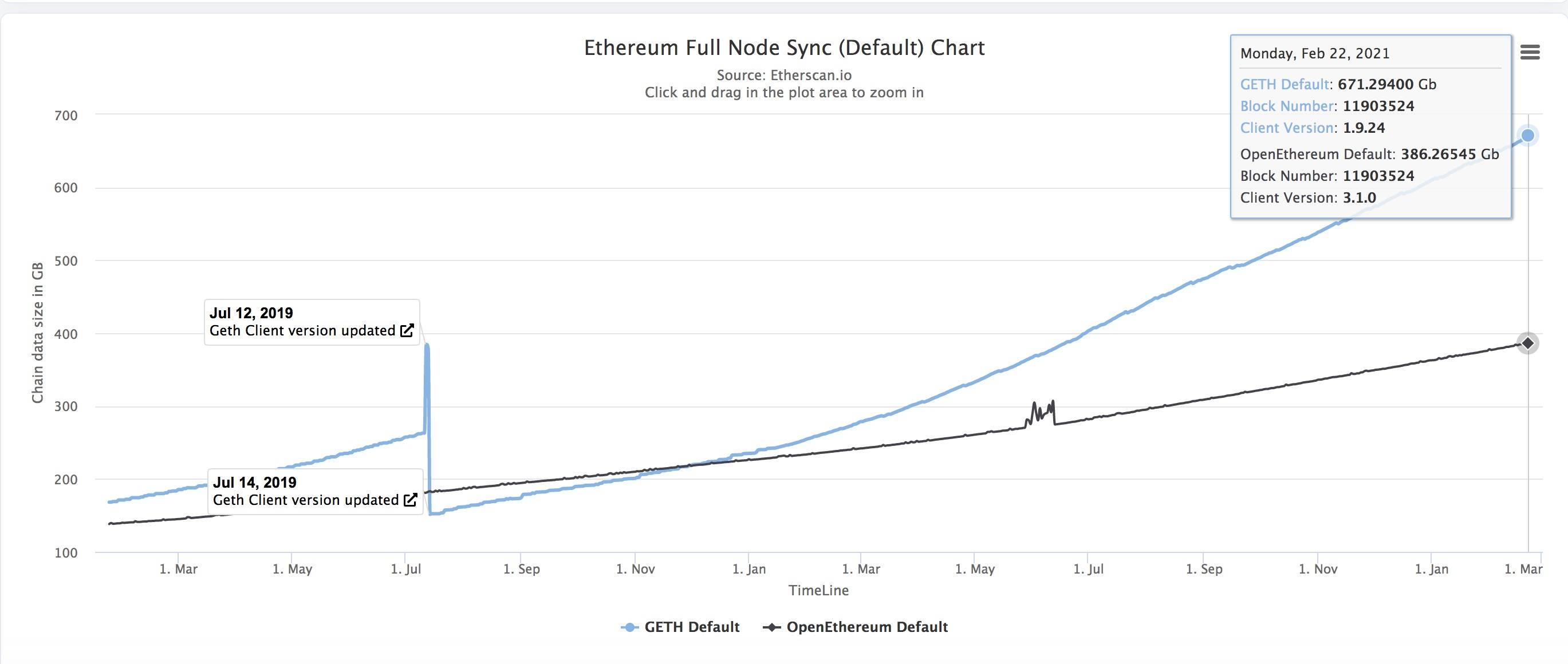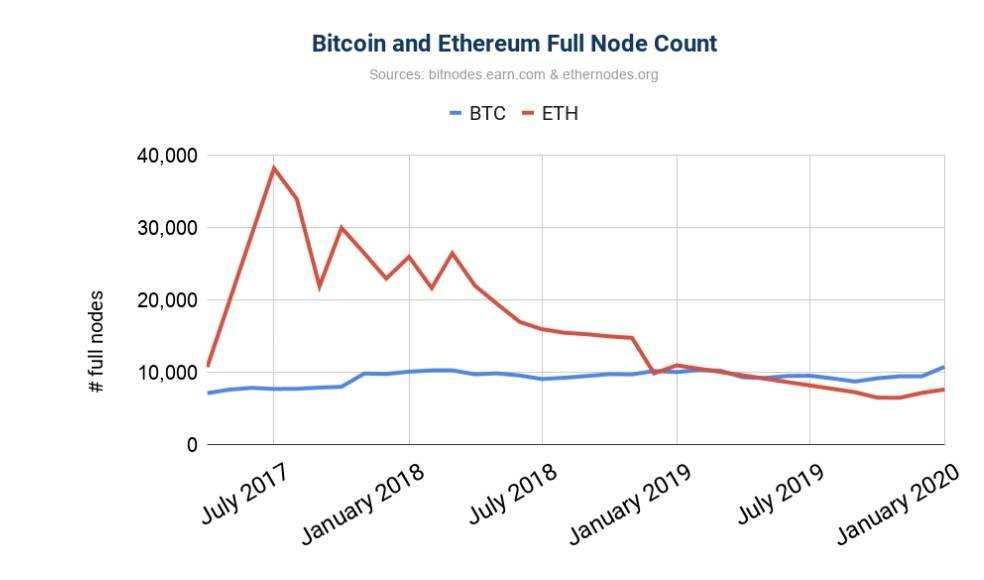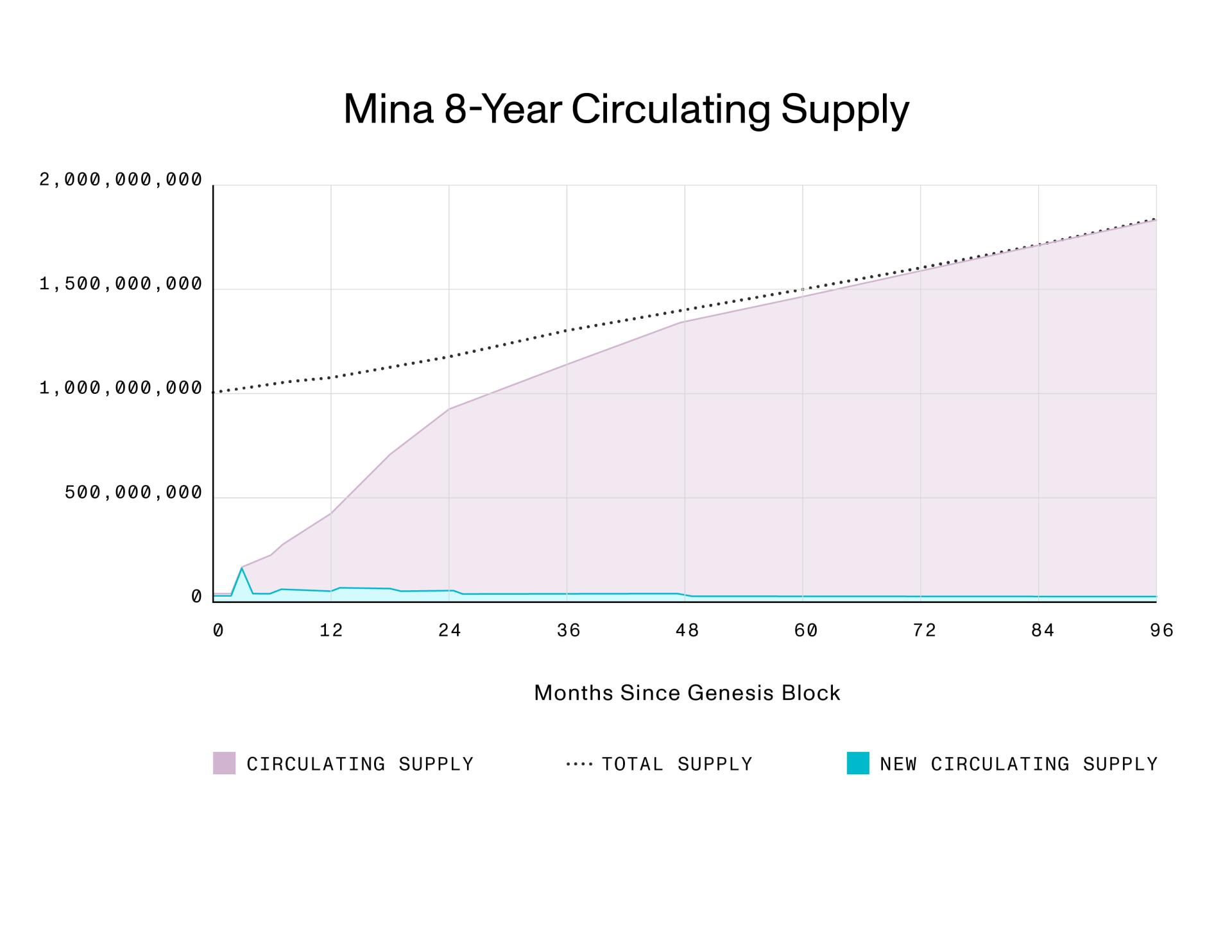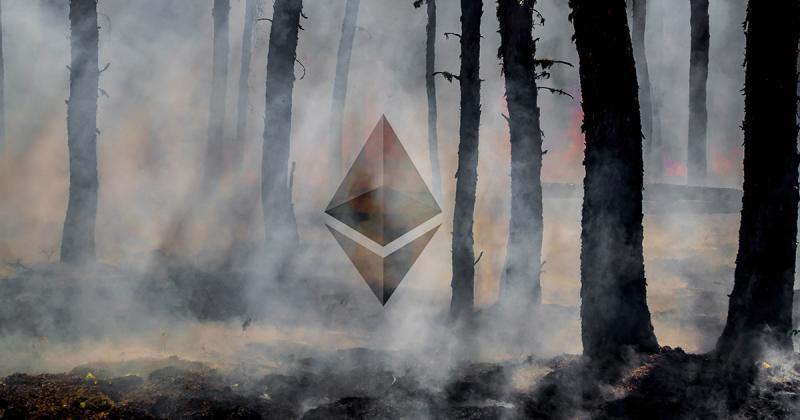How does the lightweight blockchain protocol Mina stand out in the era of Ethereum's state explosion?
This article was published on Babit, author: Overnight Porridge.
DeFi is booming, and NFTs are also on fire, which has driven a batch of new and old public chains like Ethereum and Polkadot. However, when thousands of users flood into these networks with funds, some potential problems become more pronounced…
Recently, Ethereum co-founder Vitalik Buterin emphasized the severe situation of the state data explosion problem in his article "Proposals for Ethereum State Scale Management":
"One of the most enduring and unresolved challenges facing the Ethereum protocol is the problems arising from the continuous growth of state data size. Many operations on the Ethereum blockchain (creating accounts, writing to a contract storage slot, sending ETH to a new account…) add state content to Ethereum (i.e., increase the data objects in state data), and all full nodes must store the complete state data in order to validate and produce new blocks."

According to statistics from etherscan.io, the current storage data size of the most popular Ethereum full node GETH has reached 671.29 GB, while at the same time last year, a GETH full node was only 270.59 GB. If there are no technical improvements, a year later, the storage data of an Ethereum full node could easily exceed 1 TB, while the storage of all data in an archive node could exceed 10 TB.

Let’s review the historical data of the number of Ethereum full nodes, which can give us a more intuitive sense of the urgency of the problem. Although the total number of full nodes on the Ethereum network has rebounded to 11,715, an increase compared to the beginning of last year, considering that the market is currently in a bull phase, the explosion of state data indeed has an adverse impact on the decentralization and overall security of the Ethereum network.
In response, Vitalik mentioned solutions such as stateless clients, state expiration (state rent), and Rollups, but these solutions can only slow down the rate of data growth and cannot achieve the goal of weight reduction.
So, is there a way to keep the weight (data size) constant forever, so that the blockchain does not impose an exponentially increasing burden on users over time?
What is the lightweight blockchain protocol Mina
Developed by the blockchain startup O(1) Labs in the San Francisco Bay Area, the Mina protocol (formerly known as the Coda protocol) is a new type of Layer 1 blockchain designed to maintain a constant size (approximately 22 KB), which is about the size of a few tweets. It can also quickly verify the blockchain state, meaning users can run a Mina full node on their phones. These seemingly magical features are achieved through advanced cryptography and recursive zero-knowledge proofs zk-SNARKs.
It is reported that Evan Shapiro, the CEO of O(1) Labs, graduated from Carnegie Mellon University, where he researched the HERB robot platform in the university's robotics lab. The company's CTO, Izaak Meckler, is a mathematician and computer scientist who graduated from the University of California, Berkeley, with a PhD in cryptography. Before this, he worked as a software engineer at Jane Street hedge fund and contributed source code to many open-source projects, including the Elm compiler.

With the advanced concept of the Mina protocol and an excellent team, O(1) Labs has successfully completed three rounds of financing, totaling $29.4 million.
In May 2018, the seed round raised $3.5 million, with investors including MetaStable, Polychain Capital, Electric Capital, Naval Ravikant, Elad Gil, Linda Xie, Fred Ehrsam, Kindred Ventures, and SciFi VC.
In April 2019, O(1) Labs completed a $15 million financing round, with investors including Coinbase Ventures, Accomplice, Paradigm, and General Catalyst.
In October 2020, O(1) Labs completed a $10.9 million Asian strategic financing round, with investors including Three Arrows Capital, Bixin Ventures, SNZ, HashKey Capital, Signum Capital, NGC Ventures, Fenbushi Capital, and IOSG Ventures.
Friends familiar with Three Arrows Capital will find that among the institution's investment portfolio, Mina is one of only four public chain projects, the others being Bitcoin, Ethereum, and Polkadot.
In the words of Mina's official statement, this may open a new era of blockchain accessibility. With a powerful decentralized network and open programmable currency, Mina is expected to promote a more efficient and fair Web 3.0, allowing anyone to easily participate, build, trade, and develop.
The simple blockchain design of the Mina protocol
In summary, the core of the Mina protocol is the use of zk-SNARKs, which can serve as non-falsifiable certificates to prove that computations are executed correctly without needing to prove the entire computation. This effectively reduces the size of the block to a single SNARK (about 1 kB), and then compresses multiple SNARKs into one SNARK, utilizing the property that SNARKs can be used to verify any computation. We call this method recursive SNARK.
We can link these SNARK certificates in a recursive structure, allowing the blockchain to maintain a constant size of about 22 KB (SNARK + tail Merkle path).
Clearly, this operation is very, very expensive. To address this issue, the Mina protocol employs various optimization techniques, such as "cycle of elliptic curves," "parallel state scanning," and "incentivizing SNARK provers," all aimed at reducing the associated costs.
On February 2, the Mina protocol officially announced that the number of participants in its Testworld testnet exceeded 3,500, with participants from over 100 countries, proving that the design of the Mina protocol indeed has a certain appeal.
Many people may also wonder, since Mina's design is so magical, is it possible for Ethereum to adopt a similar solution?
In response, Evan Shapiro's answer is:
"I don't think Ethereum is likely to use a Mina-like solution because these are two completely different protocols with entirely different operating principles, as well as many different choices of cryptographic primitives, hash functions, public-key cryptography, etc., aimed at effectively implementing zero-knowledge proofs. Additionally, our technical protocol is also based on zero-knowledge principles, and changing these would involve significant alterations. Therefore, I don't think Ethereum will adopt our zero-knowledge proof scaling solution implemented through a lightweight node download method; if zero-knowledge proofs are adopted, I think Ethereum might use them at a higher level."
It is reported that the candidate version (RC) of Mina's mainnet will be released on the 16th of this month. If all goes well, this candidate version (RC) will become Mina's mainnet. This requires all block producers, SNARK producers, and node operators to be ready to launch the network on that day. If the RC successfully becomes the mainnet, all block rewards, SNARK fees, account balances, transactions, etc., that occur on the network will become part of the mainnet.
The economic model of the Mina protocol
For investors, the project's economic model is undoubtedly the most noteworthy aspect. According to the official introduction of the Mina protocol, the supply of the native token of the Mina protocol is unlimited, and all token holders can stake or delegate to receive their corresponding proportion of inflation. The following are some important parameters involved in the project:
- A maximum of 1 billion MINA tokens will be allocated at the launch of the mainnet (excluding future block rewards), and these tokens will be fully unlocked over 8 years;
- In the first year of the mainnet, accounts with locking features will receive block rewards, with the goal of setting the annual inflation rate at 12%. The inflation rate will decrease over time, ultimately reaching 7% in a stable state;
- In the first 15 months of the mainnet, unlocked accounts will receive twice the block rewards earned by locked accounts. This incentivizes new participants and unlocked token holders to remain loyal to the ecosystem.











